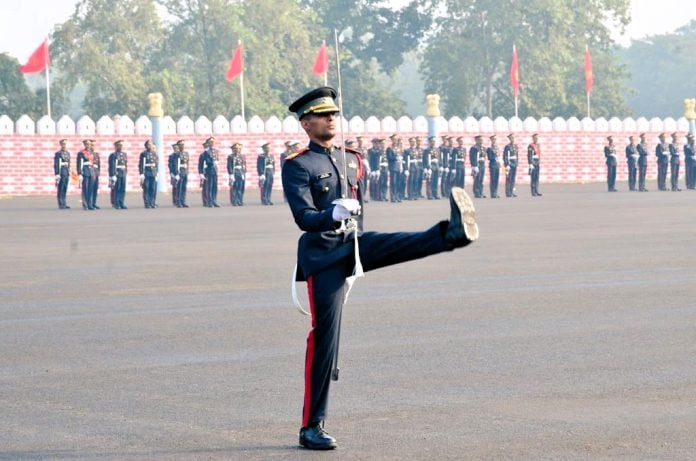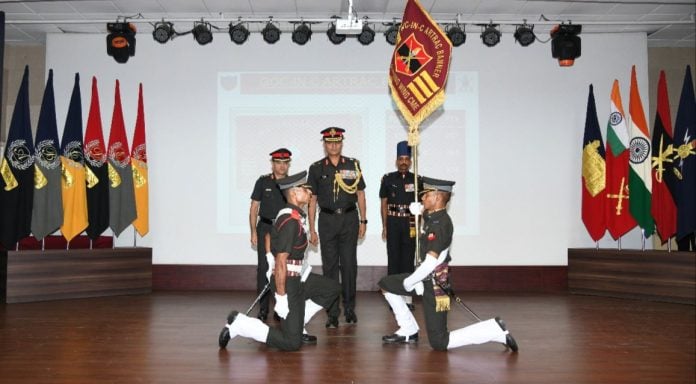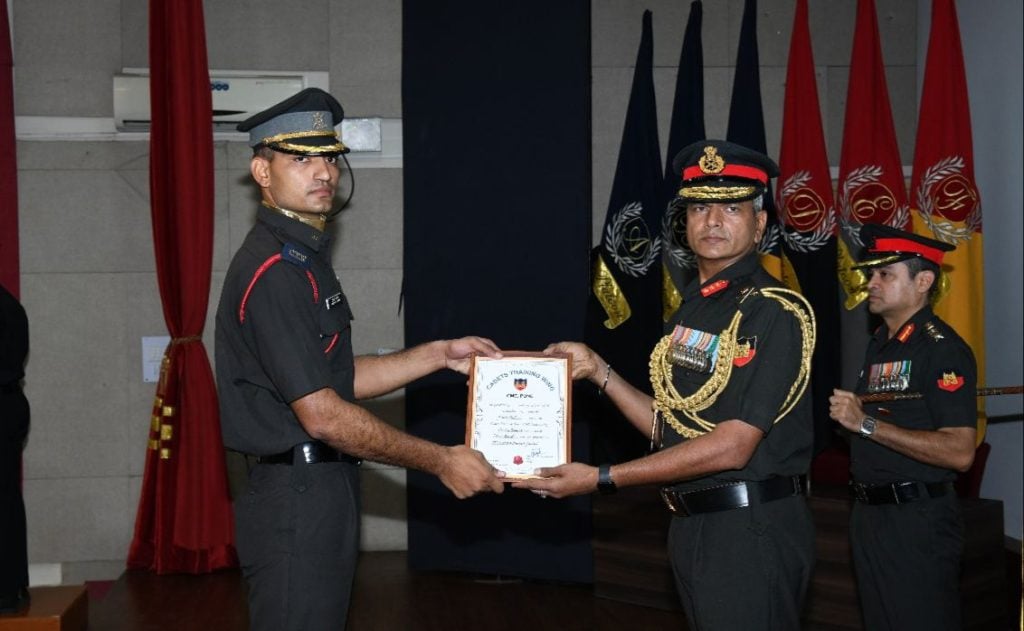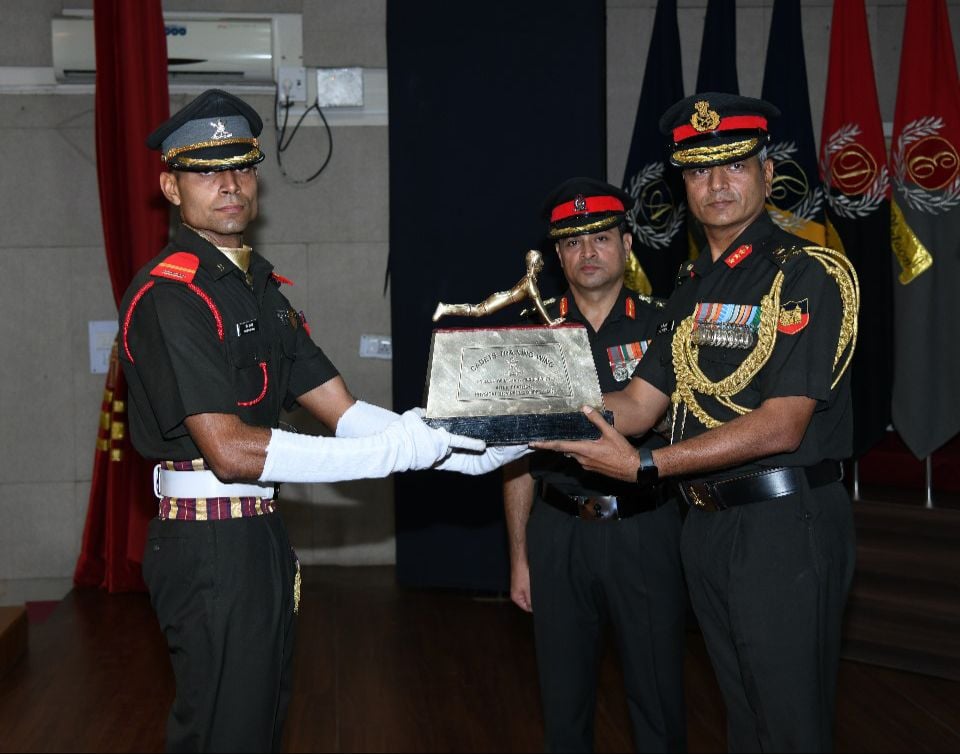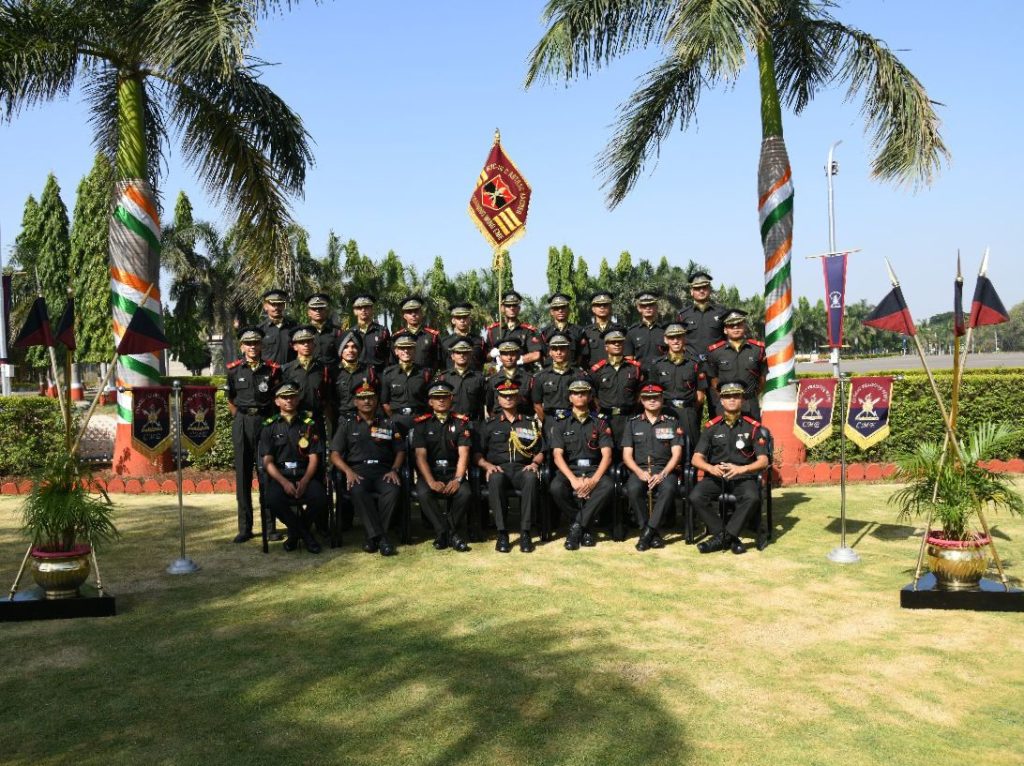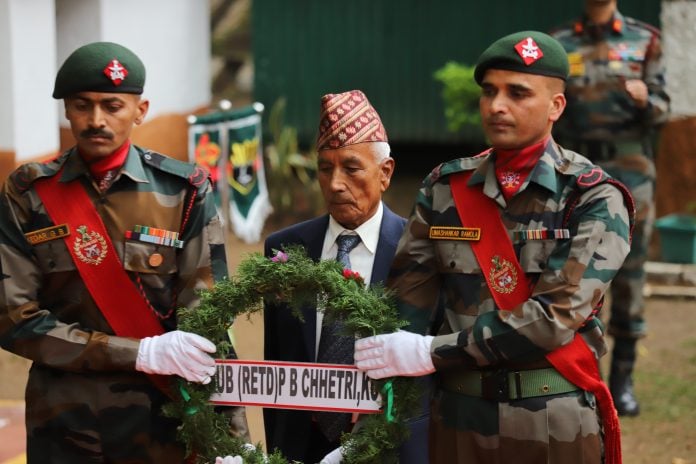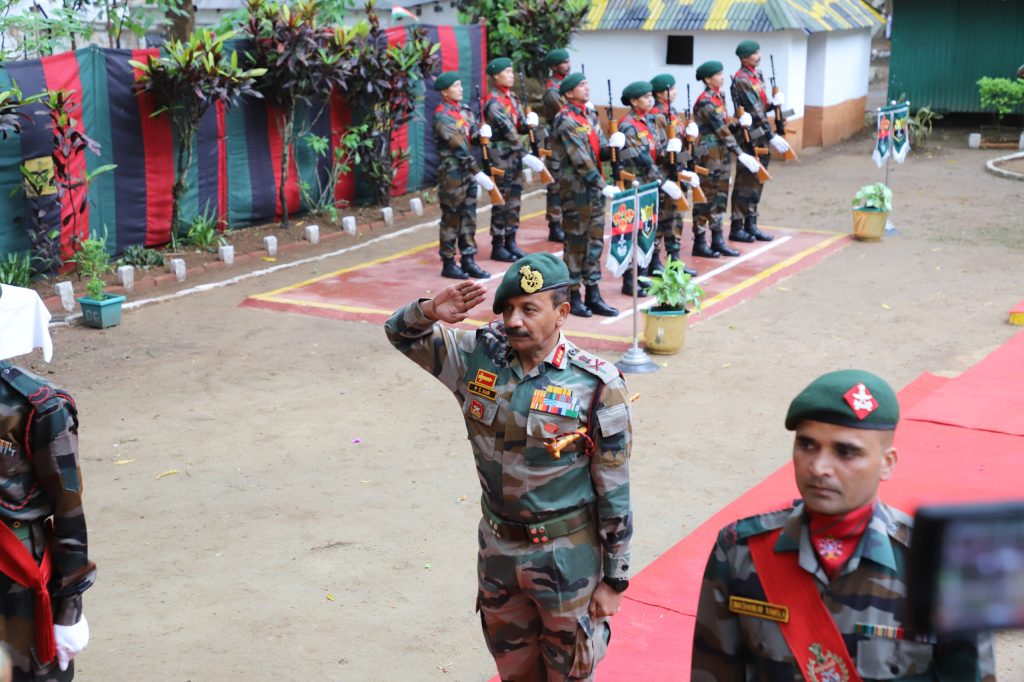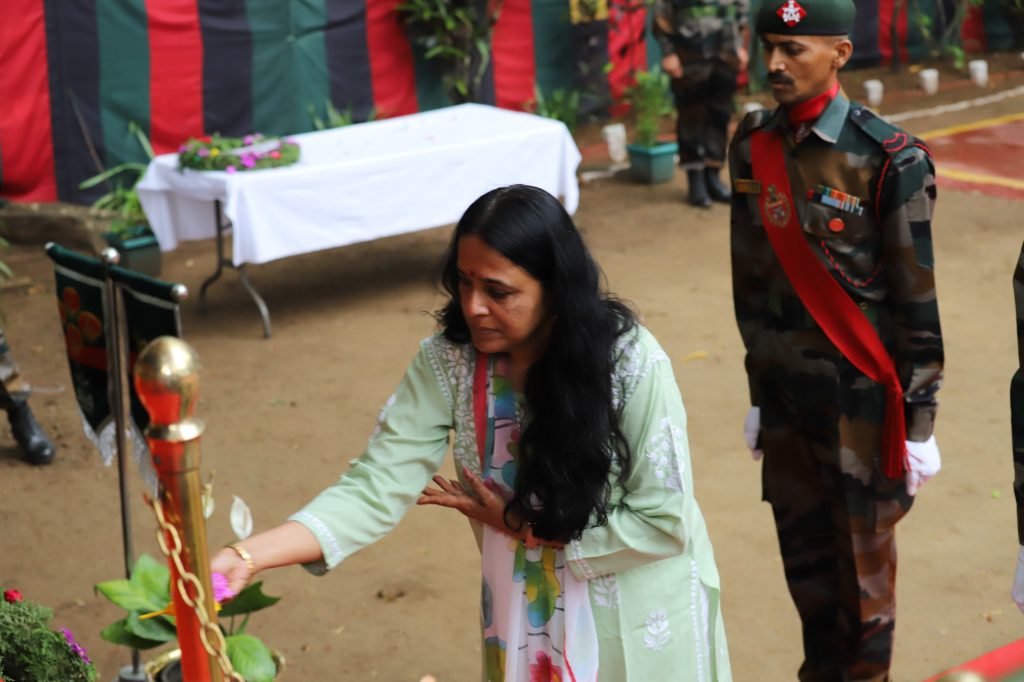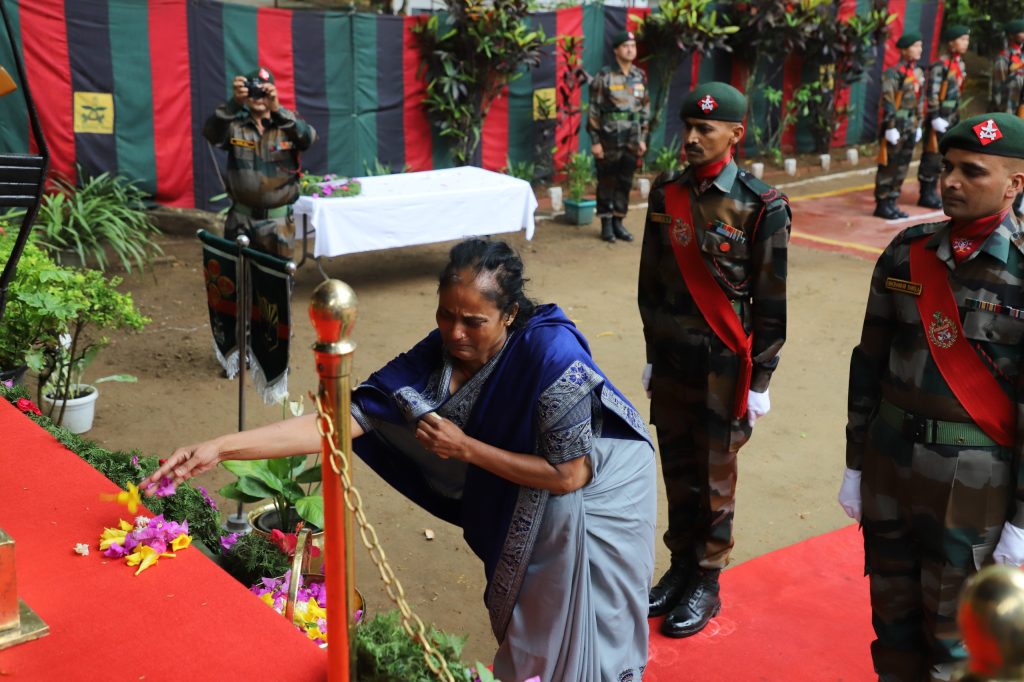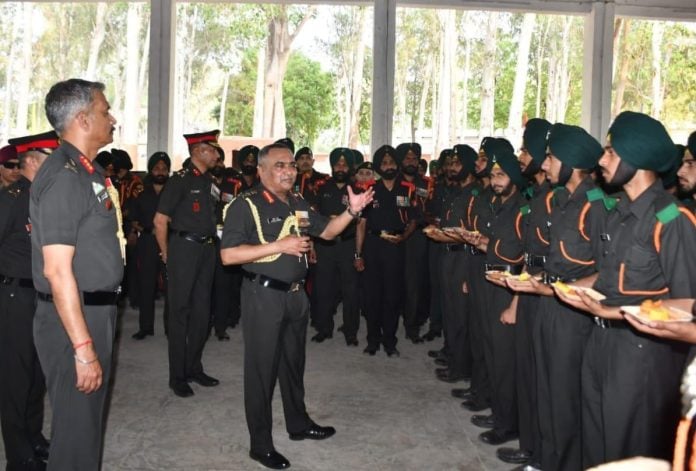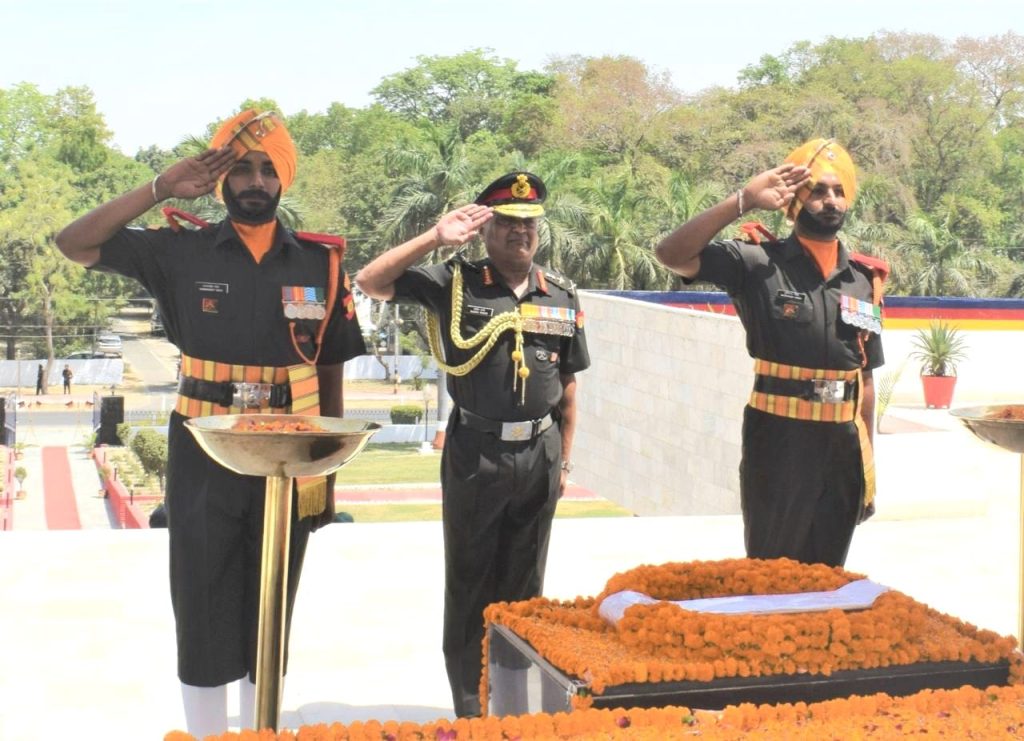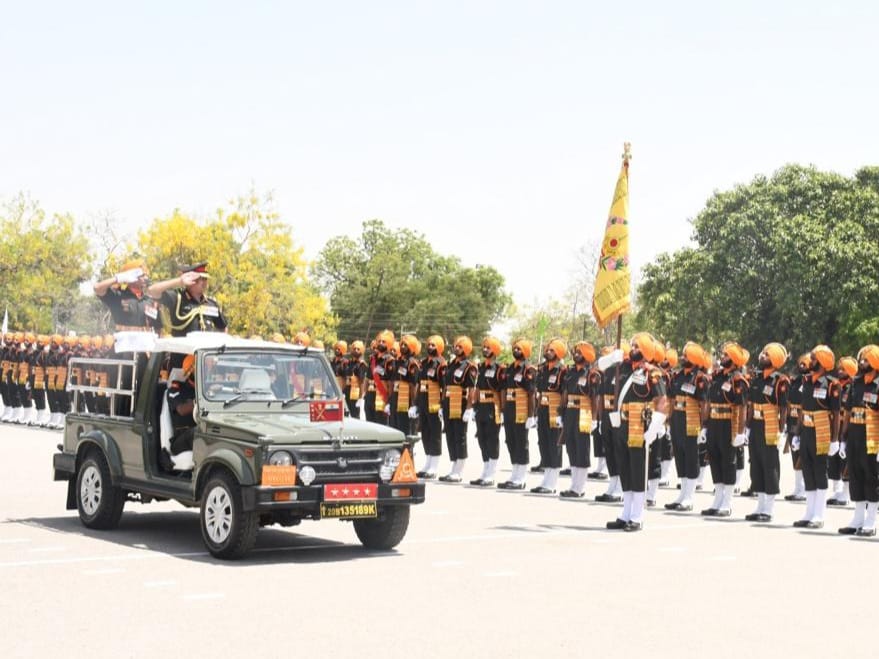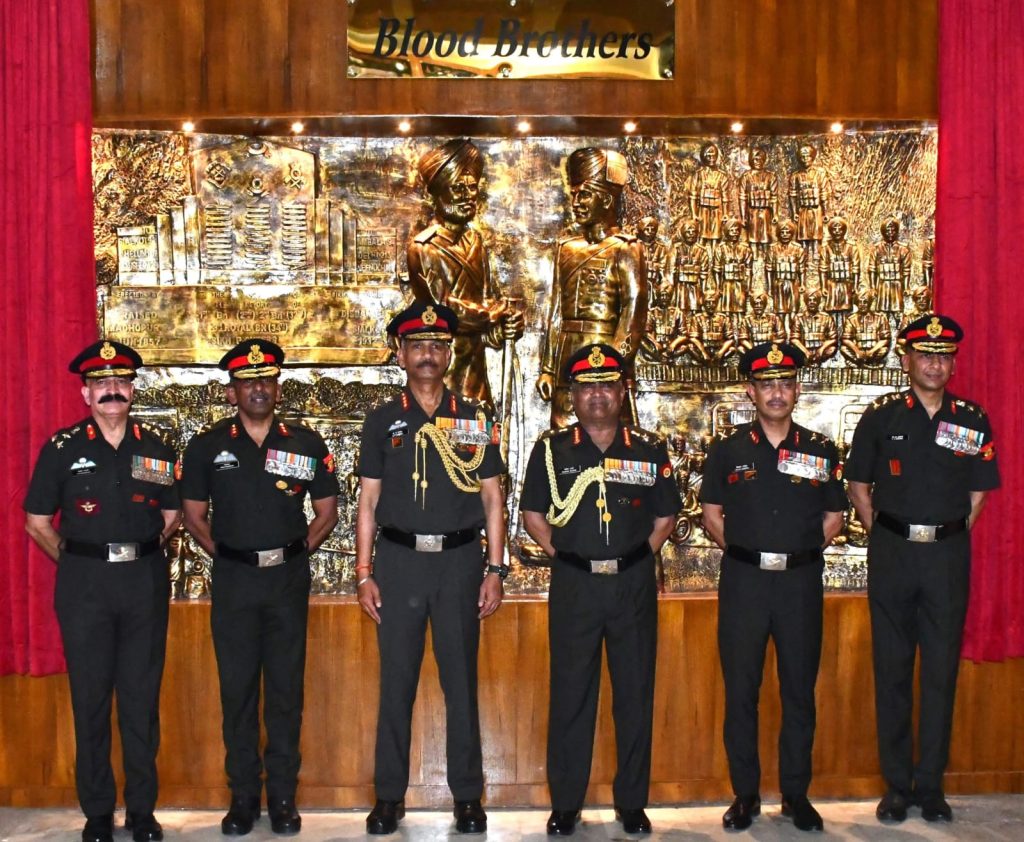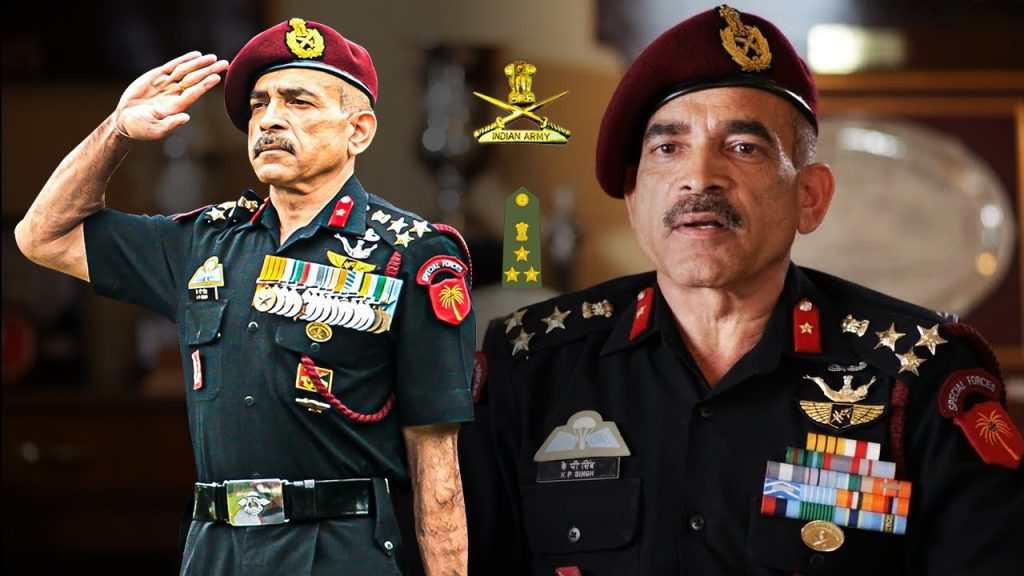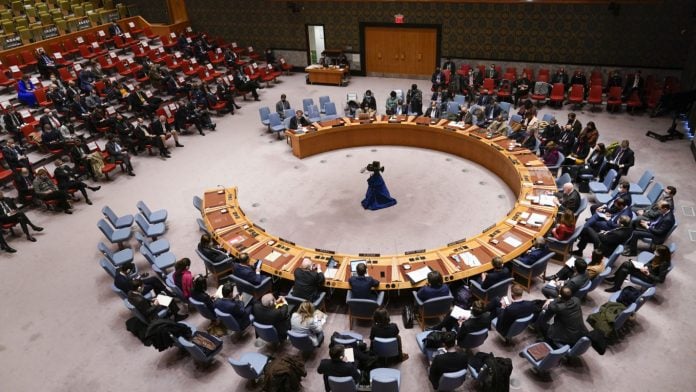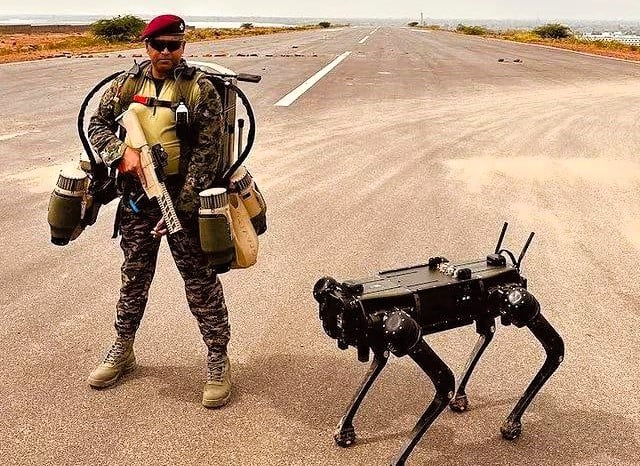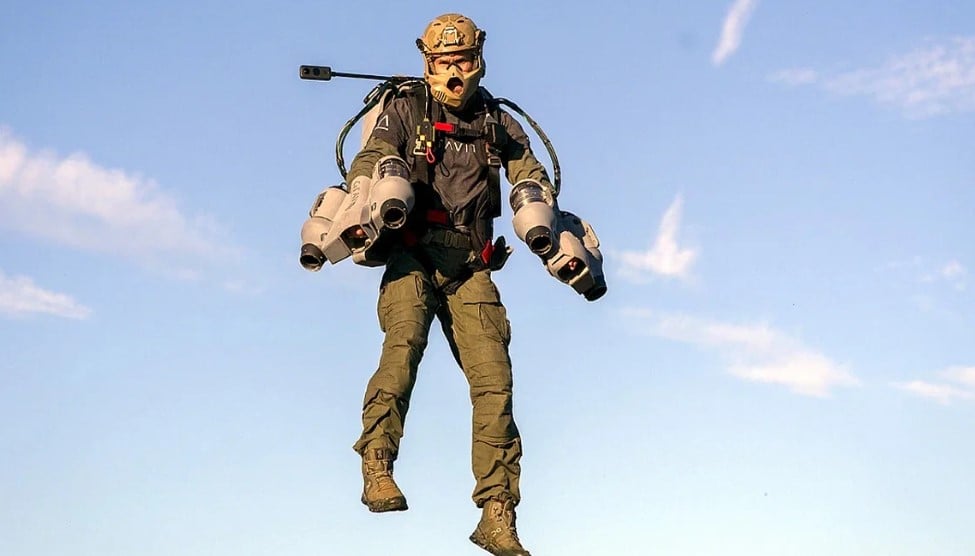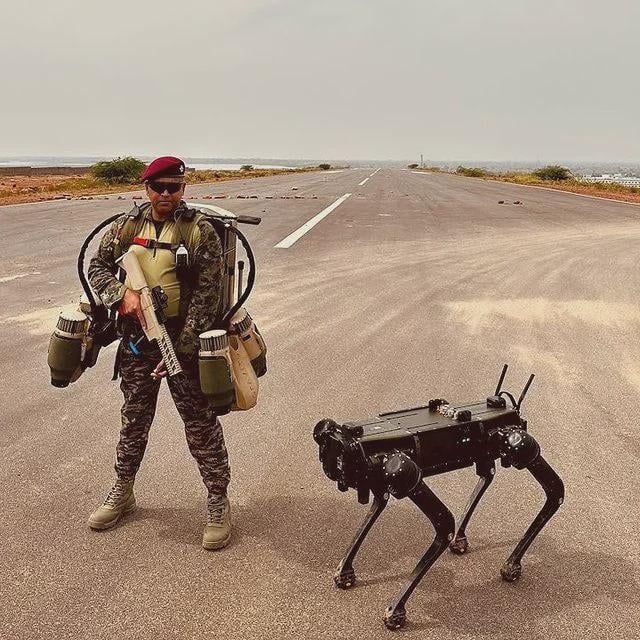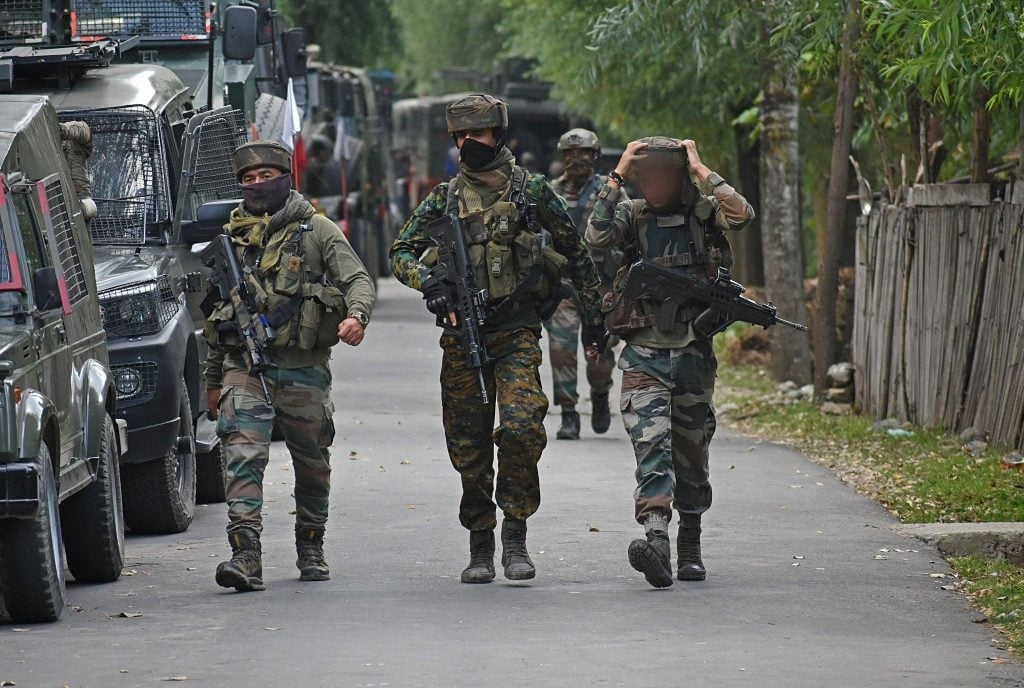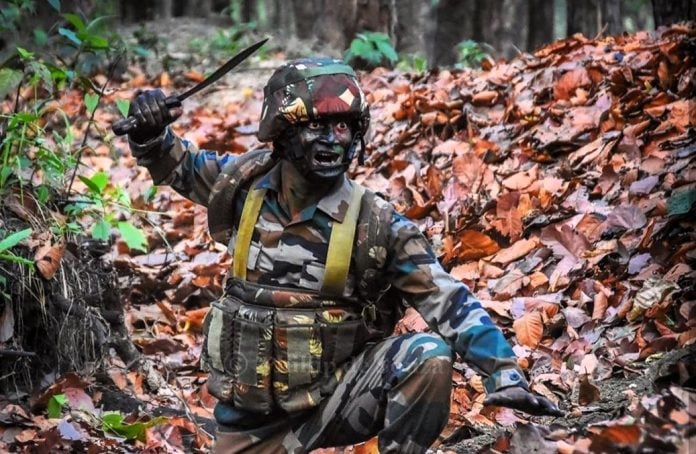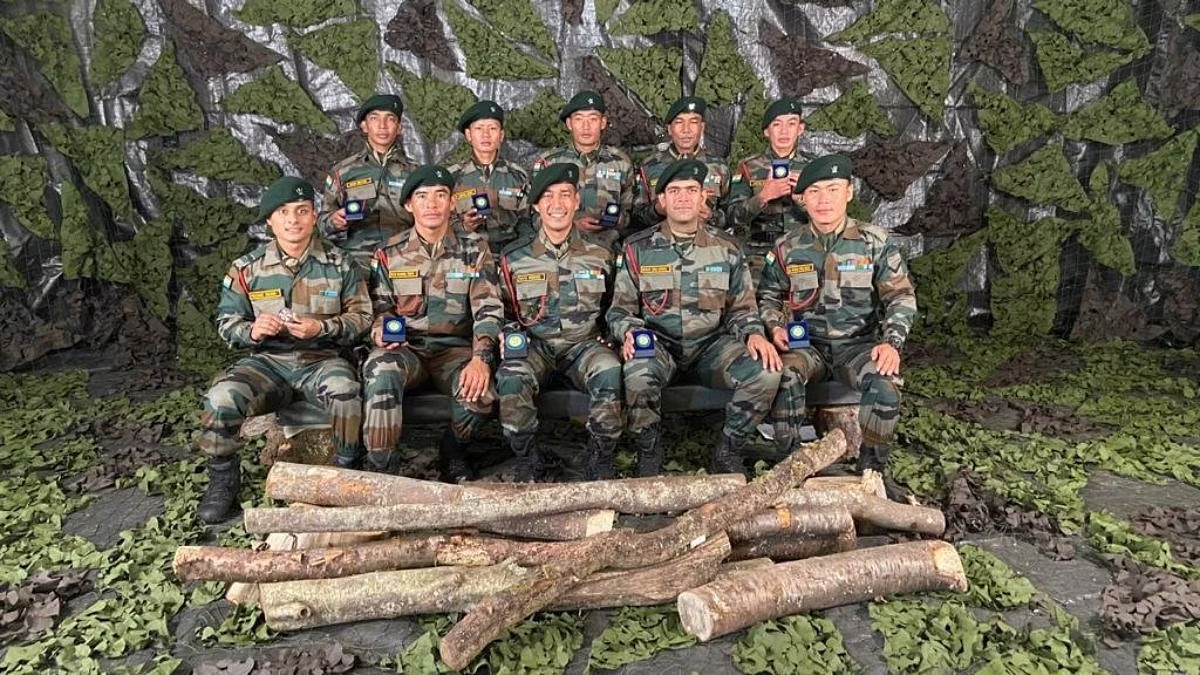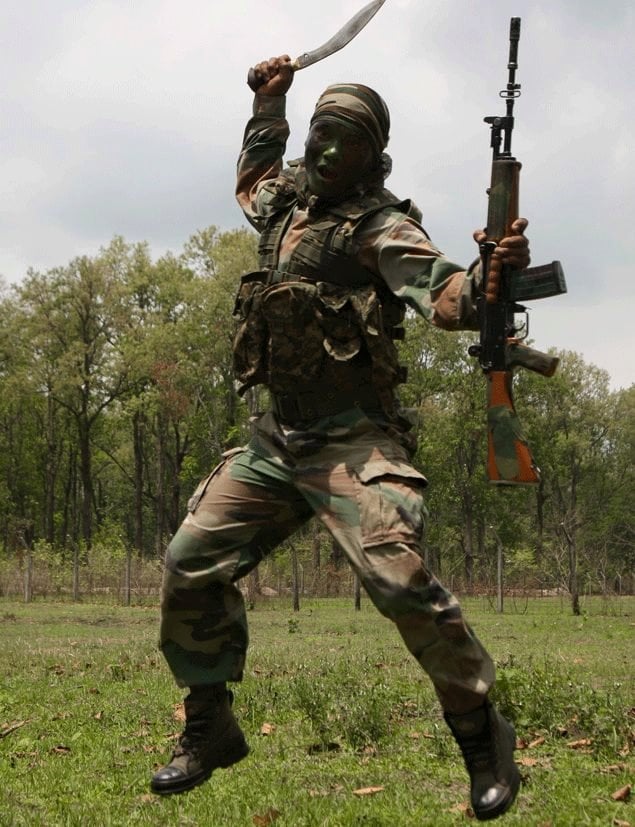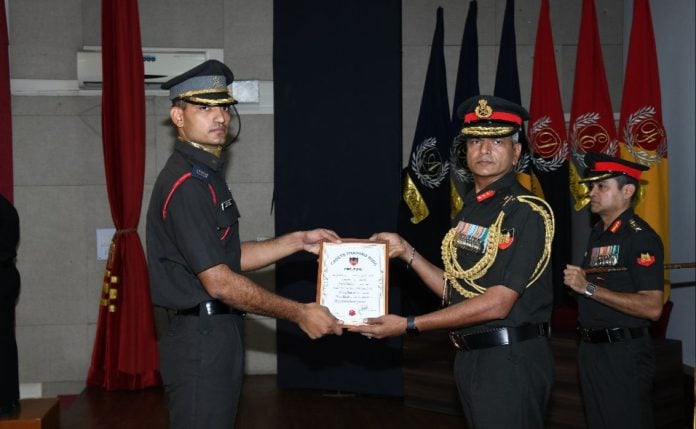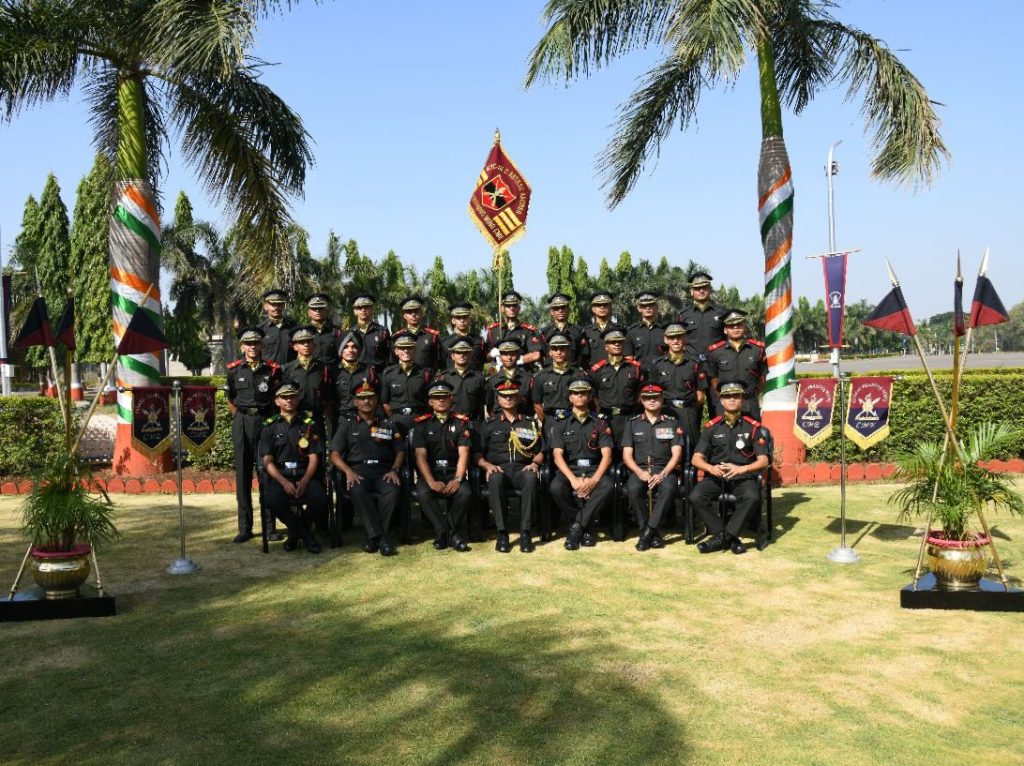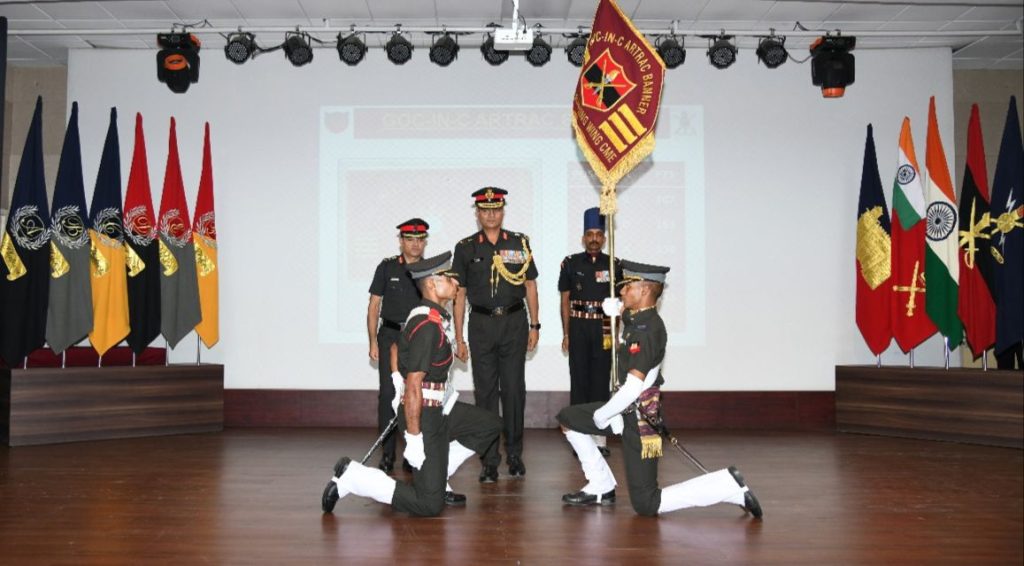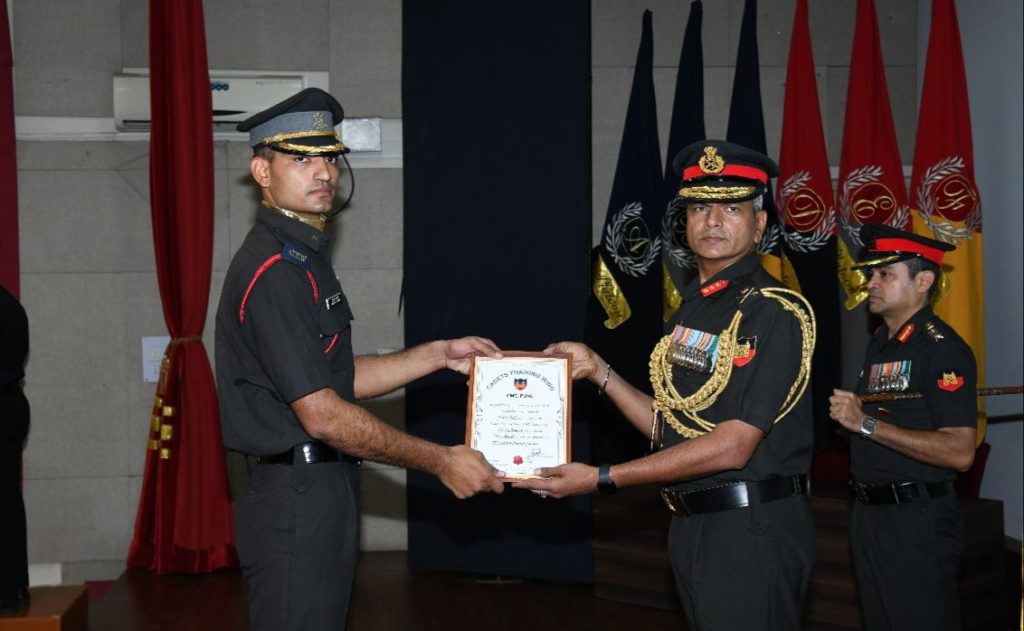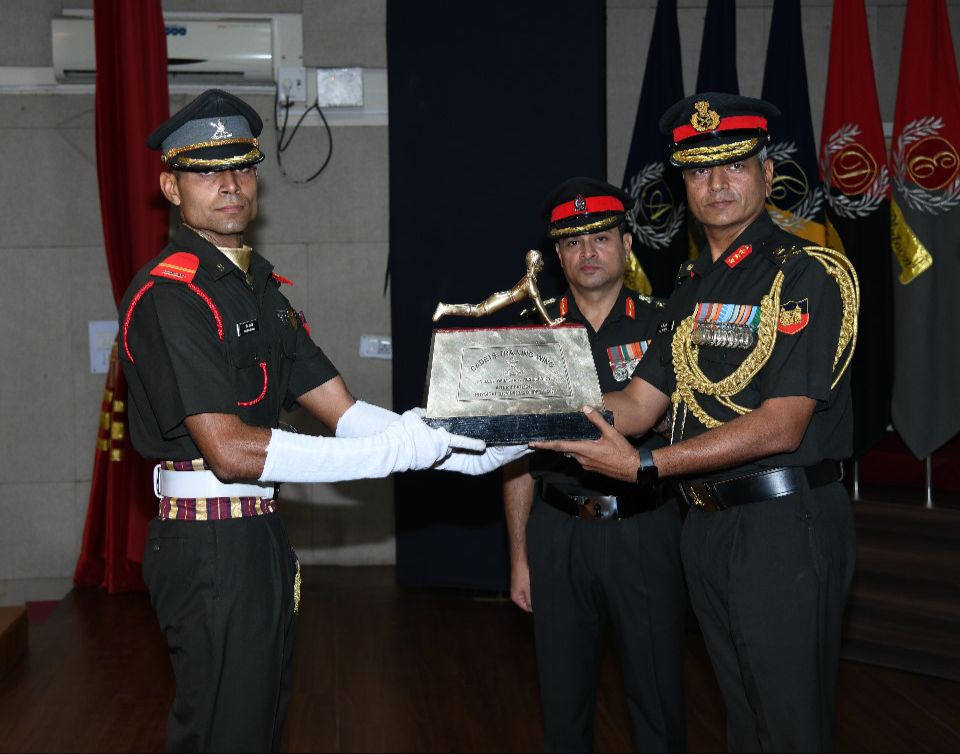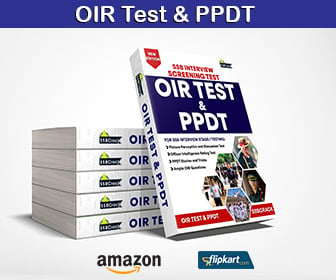Aspiring to serve your nation with honor and pride? The Indian Army’s Technical Entry Scheme (TES) 52nd Entry, set to commence in January 2025, presents a remarkable opportunity for ambitious and talented individuals to embark on an extraordinary journey.
This comprehensive guide delves into the intricacies of the TES 52 recruitment process, equipping you with the knowledge and insights to navigate this prestigious pathway into the esteemed ranks of the Indian Army.
TES 52 Important Dates
| Events | Dates |
| TES 52 Registration Date | 13 May 2024 |
| TES 52 Closing Date | 13 June 2024 |
| TES 52 Final Cut off marks (for SSB interview) | JEE CRL Rank above 250000 (approx) |
| TES 52 SSB Dates | from Aug-Sep 2024 |
| TES 52 Merit List | Dec 2024 |
| TES 52 Course Joining | Jan 2025 |
| TES 52 SSB Interview Online Course | SSB Interview Online Course |
| TES 52 SSB Interview Online Coaching | SSB Interview Online Coaching |
| Read official notification | Download (to be updated) |
TES 52 Notification
The Indian Army’s TES 52 recruitment drive is a highly anticipated event, attracting the attention of aspiring defense personnel across the nation. This comprehensive program offers a unique avenue for individuals to fulfill their dream of serving the country through a specialized technical training curriculum. Let’s explore the essential details that define this remarkable opportunity.
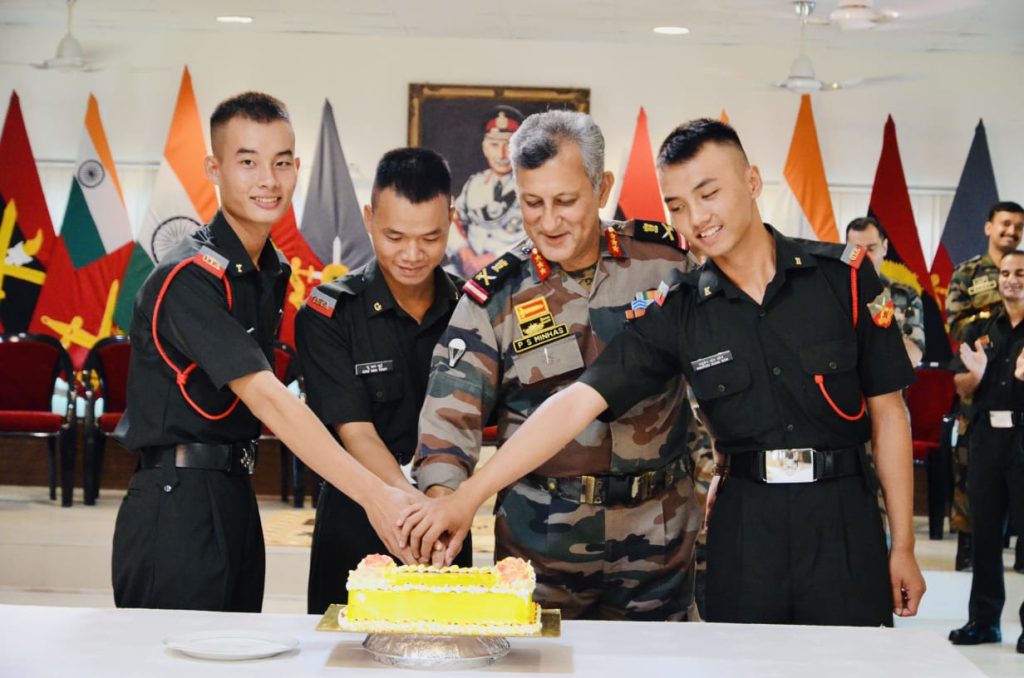
Notification Release and Application Timeline
The Indian Army has recently released the notification for the TES 52 recruitment, with the application process set to commence on May 13th, 2024. Candidates have until June 13th, 2024, to submit their online applications, ensuring a window of over a month to complete the formalities.
Vacancy Details and Eligibility Criteria
The TES 52 recruitment drive is slated to offer a total of 90 coveted positions (approx). To be eligible, candidates must have successfully completed their 10+2 or Intermediate examination with a minimum of 60% aggregate marks in the Physics, Chemistry, and Mathematics (PCM) stream. Additionally, the Indian Army has made JEE (Mains) 2024 mandatory for all applicants.
Age Limit and Salary Structure
A candidate must not be below 16½ years and above 19½ years on the first day of the month in which the course is due to commence i.e. the candidate should not be born before 02 July 2005 and not after 01 July 2008 (both days inclusive).
Successful candidates will be offered a competitive salary package starting from Rs. 21,000 to Rs. 37,900 per month, along with the numerous benefits and allowances associated with serving in the Indian Army.
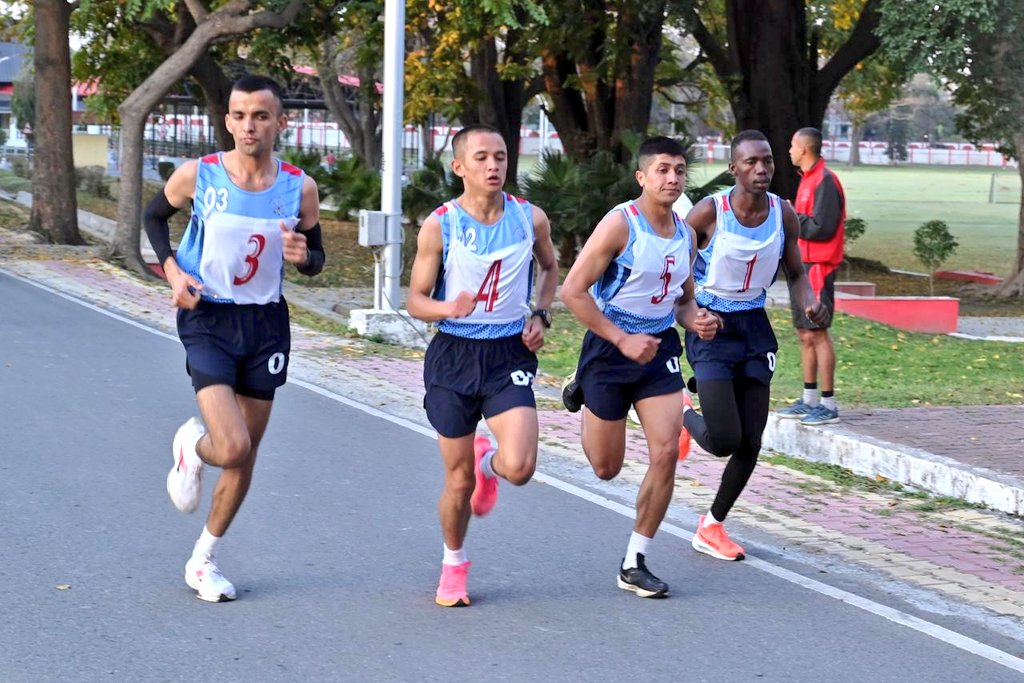
TES 52 Selection Process
Securing a position in the prestigious TES 52 program requires candidates to navigate a meticulous selection process. Let’s delve into the various stages that aspiring individuals must successfully navigate.
Stage 1: Shortlisting and SSB Interview
The initial stage of the selection process involves a thorough shortlisting of candidates based on their academic credentials and performance in the JEE (Mains) examination. Shortlisted candidates will then be invited to attend the rigorous Service Selection Board (SSB) interview, where their leadership qualities, problem-solving abilities, and overall suitability for the Indian Army will be assessed.
Stage 2: Written Examination
Following the successful completion of the SSB interview, candidates will be required to appear for a computer-based written examination. This assessment will evaluate the applicants’ technical knowledge, problem-solving skills, and aptitude for the Indian Army’s specialized training program.
Stage 3: Document Verification and Medical Examination
The final stages of the selection process involve a meticulous document verification process, ensuring the authenticity of the candidate’s credentials. Additionally, a comprehensive medical examination will be conducted to assess the applicant’s physical and mental fitness, in line with the Indian Army’s stringent requirements.
Preparing for the TES 52 Recruitment
Securing a coveted position in the TES 52 program requires a strategic and well-planned approach. Here’s a comprehensive roadmap to help you navigate the journey and increase your chances of success.
Mastering the Eligibility Criteria
Ensure that you meet the eligibility criteria set by the Indian Army, including the minimum educational qualifications, JEE (Mains) 2024 appearance, and age limit. Thoroughly review the notification and address any gaps or concerns well in advance.
Enhancing Your Academic Performance
Maintain a strong academic record, with a focus on excelling in the PCM subjects. Consistently strive to achieve the minimum 60% aggregate marks required for the TES 52 recruitment.
Preparing for the JEE (Mains) Examination
Given the mandatory requirement of the JEE (Mains) 2024 examination, it is crucial to dedicate significant time and effort to preparing for this competitive exam. Familiarize yourself with the exam pattern, practice sample questions, and seek guidance from experienced mentors to maximize your performance.
Honing Your Leadership and Problem-Solving Skills
The TES 52 selection process places a strong emphasis on evaluating your leadership qualities and problem-solving abilities. Engage in extracurricular activities, volunteer work, and team-based projects to develop these essential skills.
Staying Fit and Healthy
Maintain a rigorous fitness regimen to ensure that you meet the Indian Army’s physical and medical requirements. Regularly engage in exercises, sports, and activities that enhance your overall well-being and endurance.
Navigating the Application Process: A Step-by-Step Guide
Applying for the TES 52 recruitment can be a seamless and efficient process when you follow the right steps. Let’s guide you through the application journey, ensuring you submit a comprehensive and error-free application.
Step 1: Visit the Official Website
Begin your application journey by visiting the official website of the Indian Army at www.joinindianarmy.nic.in. This will be your gateway to accessing the TES 52 recruitment information and the online application form.
Step 2: Review the Notification and Gather Required Documents
Carefully read through the TES 52 recruitment notification to understand the eligibility criteria, important dates, and the selection process. Simultaneously, start gathering all the necessary documents, such as educational certificates, identity proofs, and passport-sized photographs, to expedite the application process.
Step 3: Fill the Online Application Form
Once you are ready, proceed to the online application form and fill in all the required details accurately. Ensure that you provide correct information and upload the necessary documents as specified in the notification.
Step 4: Pay the Application Fees (if applicable)
Depending on your category, you may be required to pay the application fees. Follow the instructions provided on the application portal to complete the payment process seamlessly.
Step 5: Review and Submit the Application
Before submitting your application, carefully review all the entered details and uploaded documents to ensure accuracy. Once you are satisfied, proceed to submit the application form.
Step 6: Download and Preserve the Acknowledgment
After successfully submitting your application, download and save the acknowledgment receipt for future reference. This document will serve as proof of your application and may be required during the subsequent stages of the selection process.
Staying Informed and Connected
To ensure you stay updated with the latest developments and crucial information related to the TES 52 recruitment, it is essential to leverage various communication channels and resources.
Official Website and Notification Updates
Regularly visit the official website of the Indian Army at www.joinindianarmy.nic.in to stay abreast of the latest notifications, important dates, and any updates related to the TES 52 recruitment process.
Social Media Platforms
Follow the official social media handles of the Indian Army, such as Facebook, Twitter, and Instagram, to receive timely updates, announcements, and insights related to the TES 52 recruitment drive.
Frequently Asked Questions (FAQs)
Q1. What is the Indian Army TES 52 Recruitment?
The Indian Army TES 52 Recruitment is a prestigious program that offers a unique opportunity for aspiring individuals to join the Indian Army as technical officers through the Technical Entry Scheme (TES).
Q2. What is the total number of vacancies for the TES 52 Recruitment?
According to the latest information, the TES 52 Recruitment drive is expected to have a total of 90 vacancies.
Q3. What are the educational qualifications required for the TES 52 Recruitment?
Candidates must have passed the 10+2 or Intermediate examination with a minimum of 60% aggregate marks in the Physics, Chemistry, and Mathematics (PCM) stream. Additionally, appearing in the JEE (Mains) 2024 examination is mandatory.
Q4. What is the age limit for the TES 52 Recruitment?
The age limit for the TES 52 Recruitment ranges from a minimum of 16 years and 6 months to a maximum of 19 years and 6 months.
Q5. When can I apply for the TES 52 Recruitment?
The online application process for the TES 52 Recruitment will commence on May 13th, 2024, and the last date to submit the application is June 13th, 2024.
Q6. What is the selection process for the TES 52 Recruitment?
The selection process for the TES 52 Recruitment includes shortlisting, SSB interview, written examination, document verification, and a medical examination.
Q7. Is there any application fee for the TES 52 Recruitment?
No, there is no application fee for the TES 52 Recruitment. Both General/OBC and SC/ST candidates can apply for free.
The Indian Army’s TES 52 Recruitment presents an unparalleled opportunity for ambitious and talented individuals to embark on a remarkable journey of service, leadership, and personal growth. By meticulously preparing, navigating the application process, and demonstrating your unwavering dedication, you can unlock a future filled with honor, pride, and the privilege of defending the nation.
Seize this opportunity, embrace the challenge, and take the first step towards realizing your aspirations of becoming a part of the esteemed Indian Army. The path may be demanding, but the rewards of serving your country with distinction are truly unmatched. Good luck, future TES 52 candidates!

